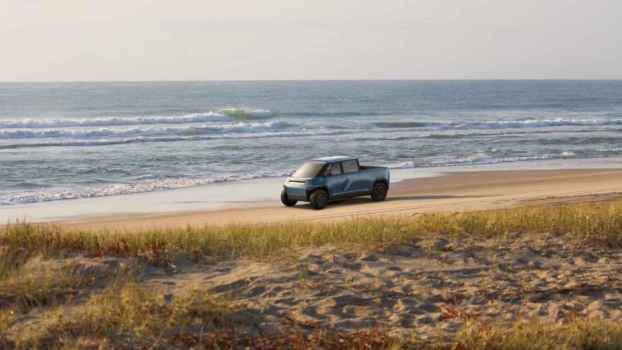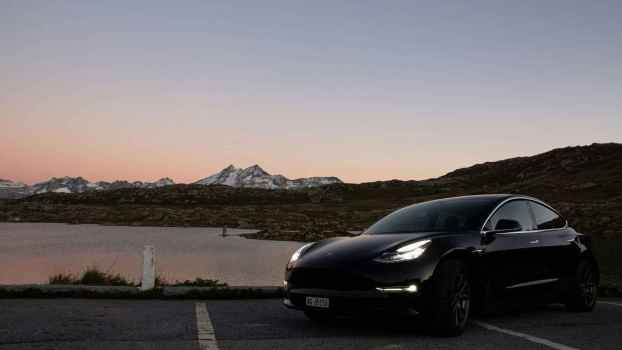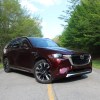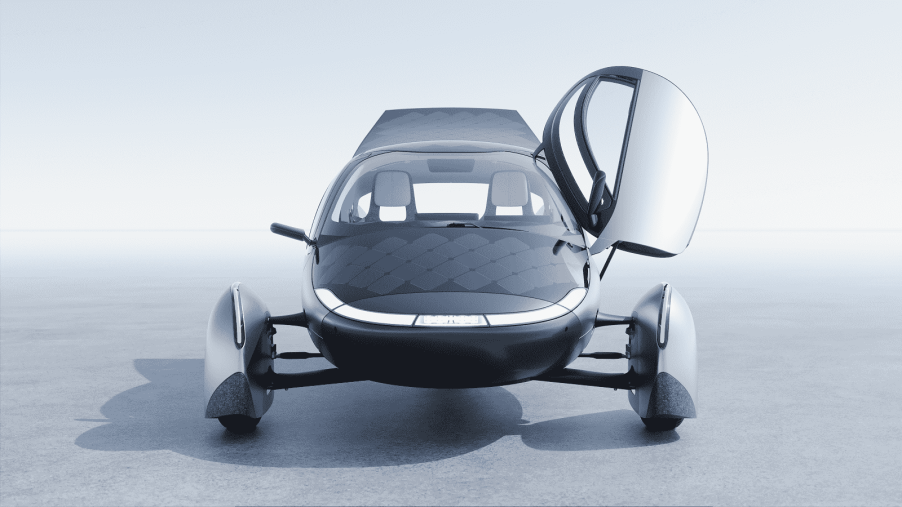
Will Solar-Powered Cars Eclipse Everything Else?
Passenger cars must check off a long list of qualifiers to make it in the U.S. market. The slurry of affordability, capability, and reliability lends to various flavors of vehicles, sure. But overall, it’s pretty simple. Enough people must want to buy a certain car, and enough people must want to keep it. When it comes to solar-powered cars, where do we stand today?
The answer can become quite complex, but the short response is “probably not as close as we’re capable of being.” The technology for at least a single-passenger solar-powered car is within reach. Alas, the blockers are likely even larger than the reasons why not every home in the U.S. is solar-powered.
Solar-powered cars won’t be reliable for many
Much of the country lives under constant cloud cover. As such, solar anything would be difficult to rely on 100% of the time.
The startup Aptera has been working on a market-ready EV for almost two decades. However, the company has been plagued by operational and financial woes since birth. In 2019, the original founders repurchased the company and have been able to garner tens of millions in pre-production funding. The goal is to mass-produce solar EVs (sEVs) starting with its Launch Edition.
In February, Aptera shared plans to go into production within the next 12 months. The CEO seems friendly enough, and its mission to eliminate reliance on oil from U.S. adversaries is notable. However, the “solar-powered” aspects of the car will likely leave many owners reliant on its electric battery system.
The car is expected to charge quickly in the direct sun. However, the solar charge will only get a driver about 40 miles of range. Contrastingly, its electric battery charge will go anywhere from 250 miles to an eyebrow-raising 1,000 miles, depending on its configuration. A 1,000-mile range is certainly appealing, no?
As such, its “solar” aspect might serve some drivers, but others will have to treat the car as any other EV, plugging it in to be able to go anywhere outside the neighborhood.
Aptera’s Launch Edition could be capable, but restricting
For the adventurist, the Launch Edition is supposed to be quite capable, touting all-wheel drive and ABS. Images show a pop-out tent accessory.
Unfortunately, the solar-powered prototype isn’t large enough for families. Aptera’s Launch Edition is a two-passenger trike.
The safety of the car has yet to be fully tested, and anyone with kids would have the Launch Edition as a secondary vehicle.
Lastly is the price. The Launch Edition starts at $29,300 for the 250-mile range and climbs to $48,300 for the 1,000-mile range. Quite a walletful for a two-seater trike.
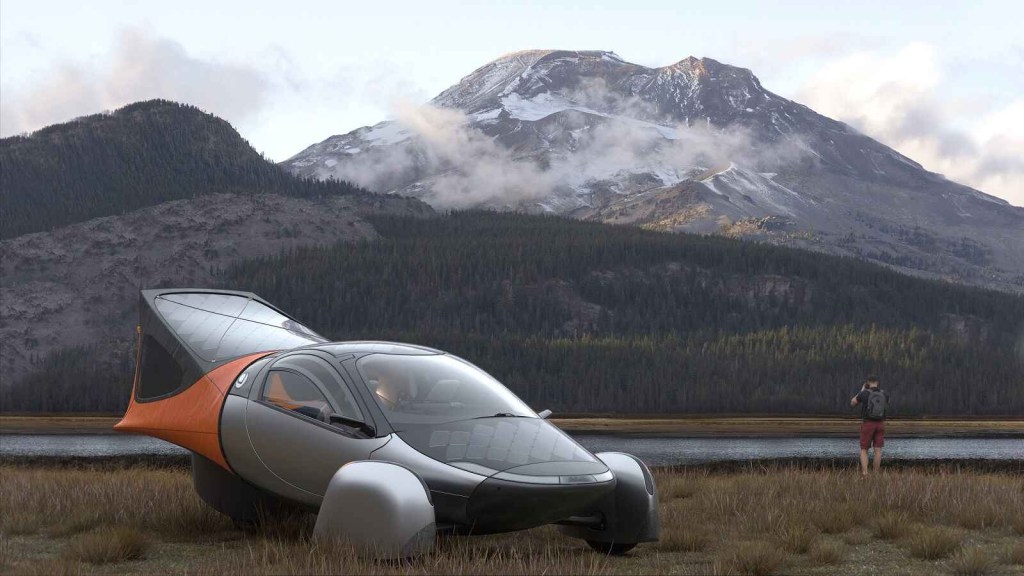
Reddit reflects a snippet of the public’s sentiments on the company after its February update, with some likening it to other “from nothing to nothing” startups that have taken millions from crowdsourcing only to collapse.
Finally, an honest update from Aptera – 0.0
by inelectricvehicles
If the sEV makes it to U.S. roads, which will take even more funding and passing through U.S. regulatory bodies, its 40-mile solar range will still land in a zone far from dominating electric.
We’re pretty hell-bent on EVs despite not being able to afford capable ones
Earlier this year, I reported that 82% of Americans can’t afford a new car. While Americans want large cars that hold a lot of people or stuff and go really far, EVs with these comforts come at a strikingly high cost.
The 2025 Cadillac Escalade IQ, for instance, is expected to start at $130,000 and will offer about 450 miles of range. Contrastingly, our current “entry-level” EVs, like the Nissan Leaf, while starting in the $30,000 area, offer much lower ranges than we’re really comfortable with – 120 to 200 miles.
We recently highlighted the Chevrolet Trax’s near-600% increase in Q1 sales over Q1 2023. The Trax is a $21,000 gas-powered compact SUV with a small four-cylinder turbo. I think this incredible leap in popularity is just a reflection of how most Americans, while not opposed to electric or other alternatives, see no entry point for themselves at the moment.
The U.S. should address public transit before anything else
As long as U.S. transportation remains, on the whole, privatized, it will work to serve private interests. The U.S. has long been behind in public transportation, as automakers continue to grip a legacy American Dream as a people who hit the highways daily to “Live Free, Dammit!”
The truth is, to sit alone but en masse in our large SUVs commuting to and fro every day seems less and less logical. Providing more cities with efficient, modern public transit that connects, say, Chicago to Cleveland to New York, and so on, would allow electric or even solar-powered cars to do what they could be reliably used for en-masse: short, around-town errands and, sure, maybe some longer road trips here or there.
So the answer to the question “Will solar-powered cars eclipse everything else?” has a simple response with complicated context: It could, but probably won’t.

